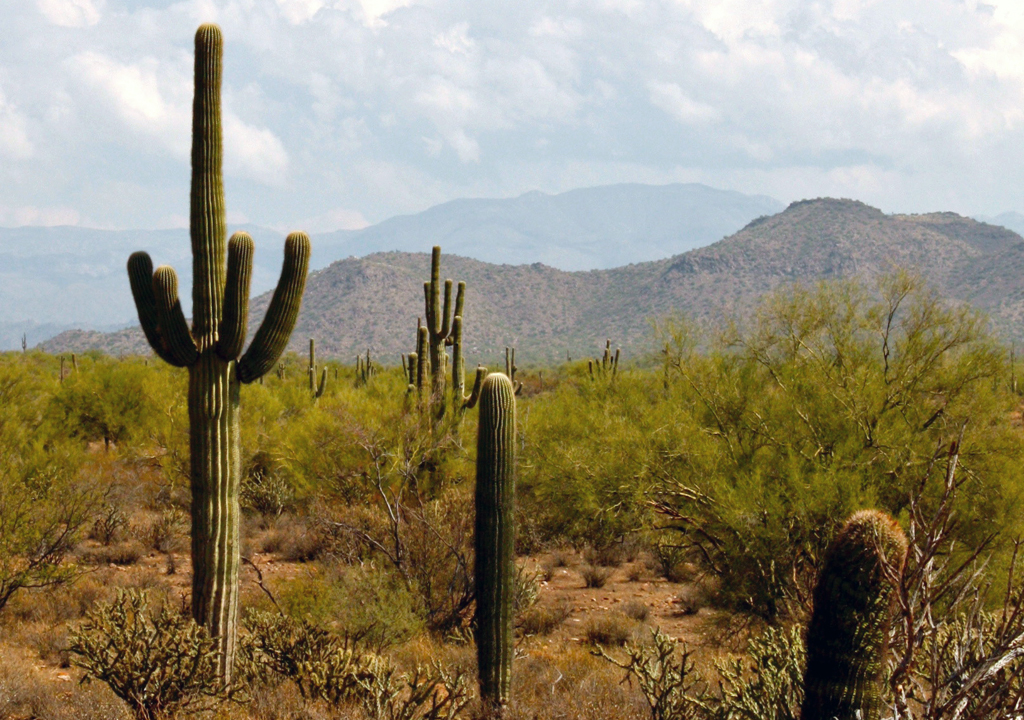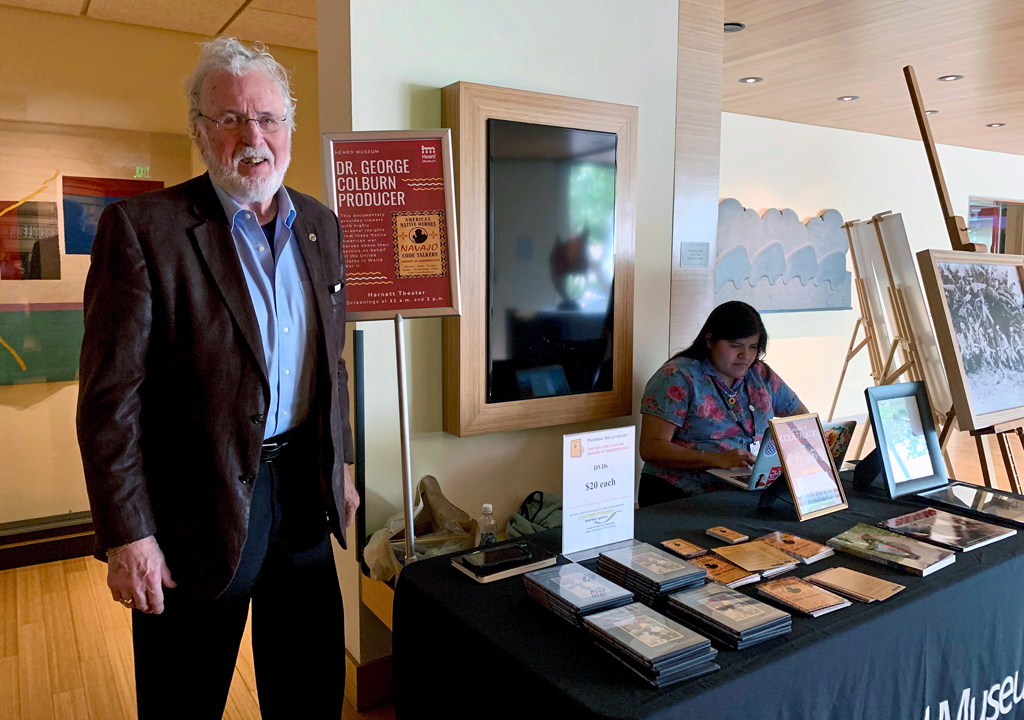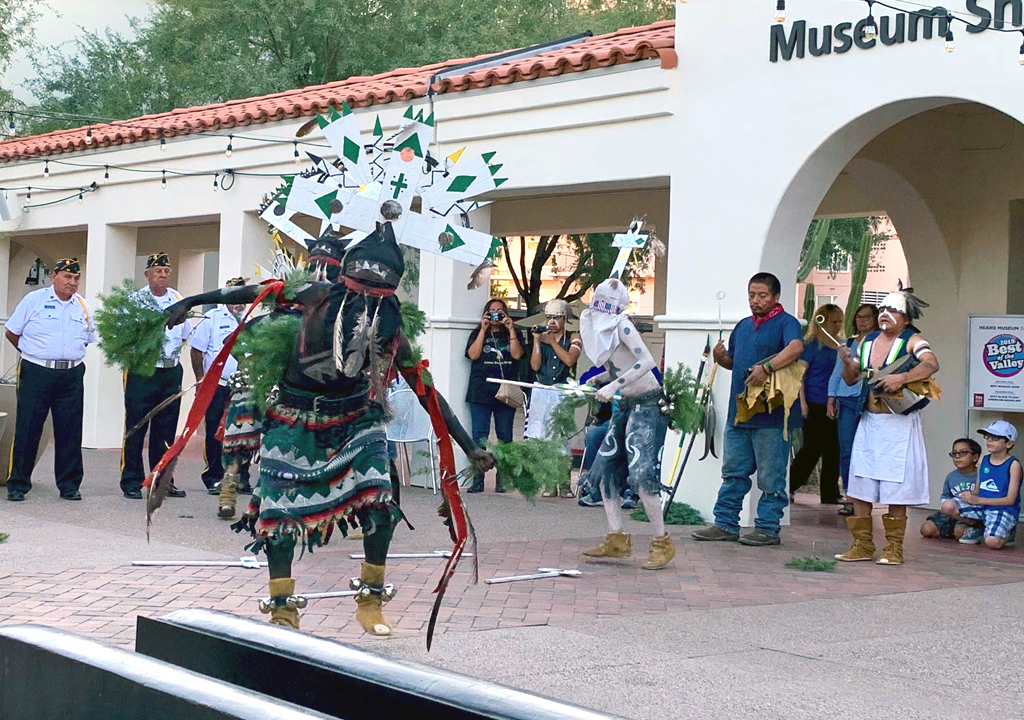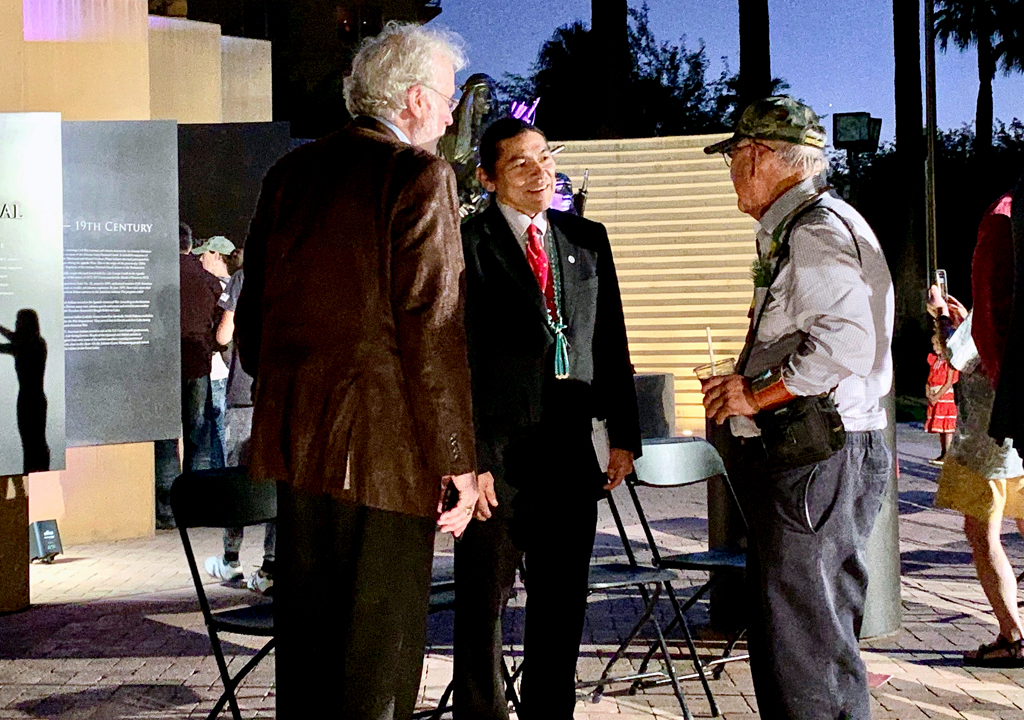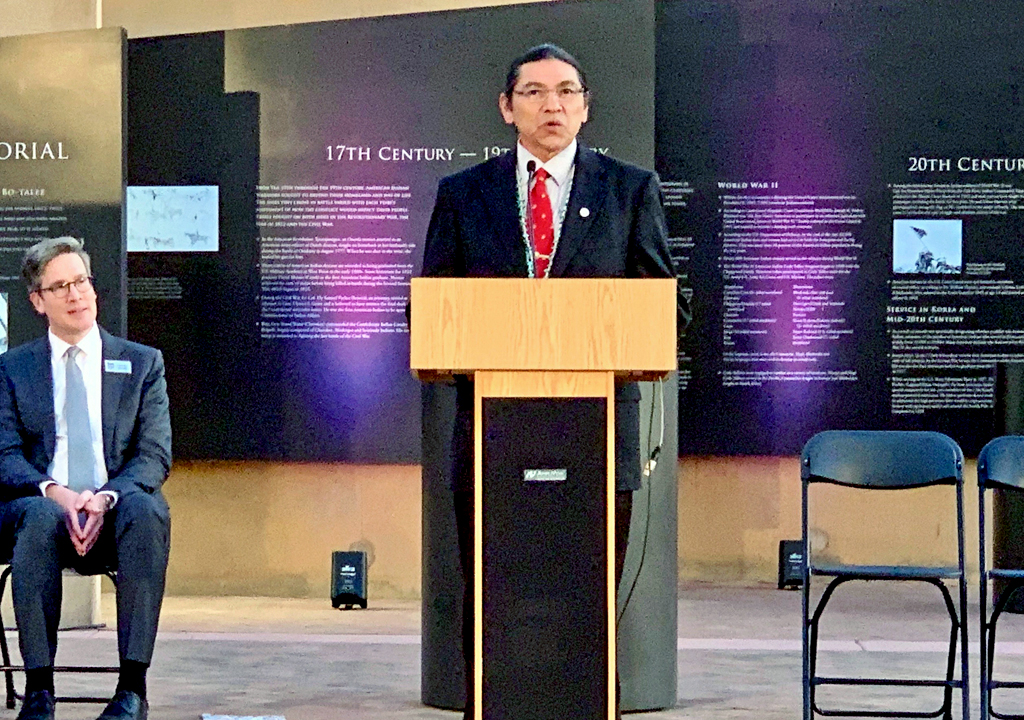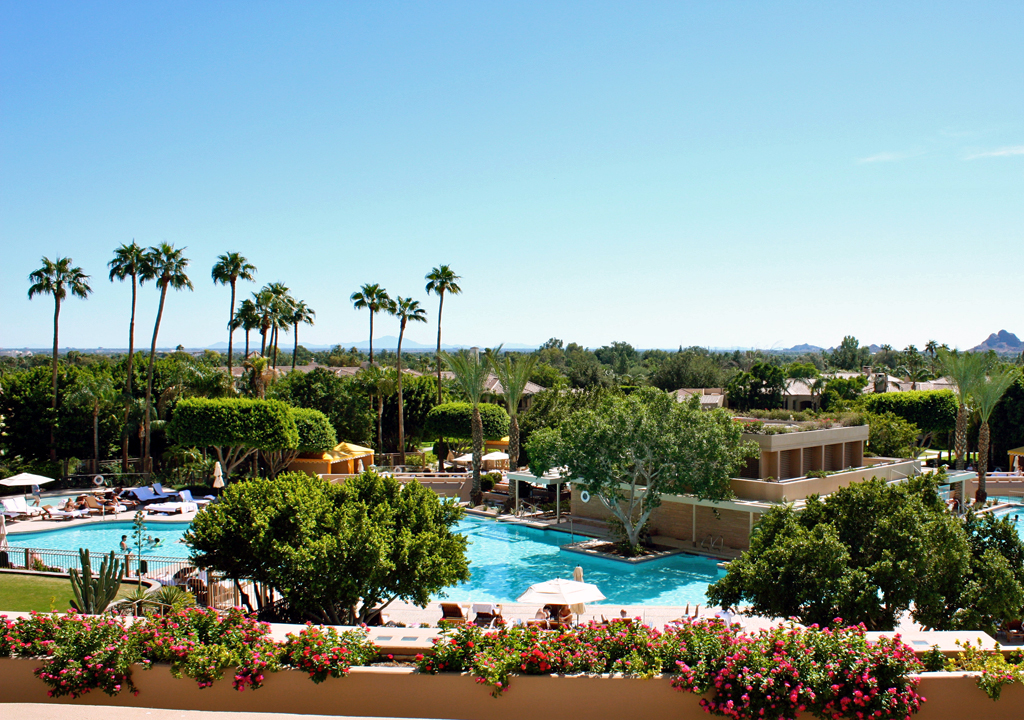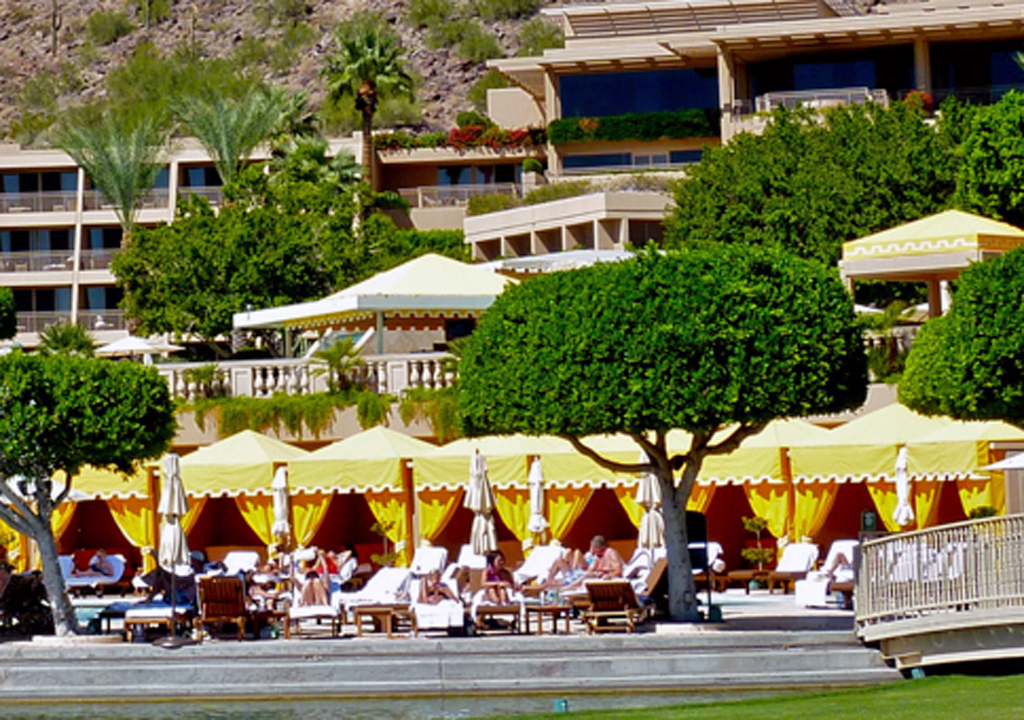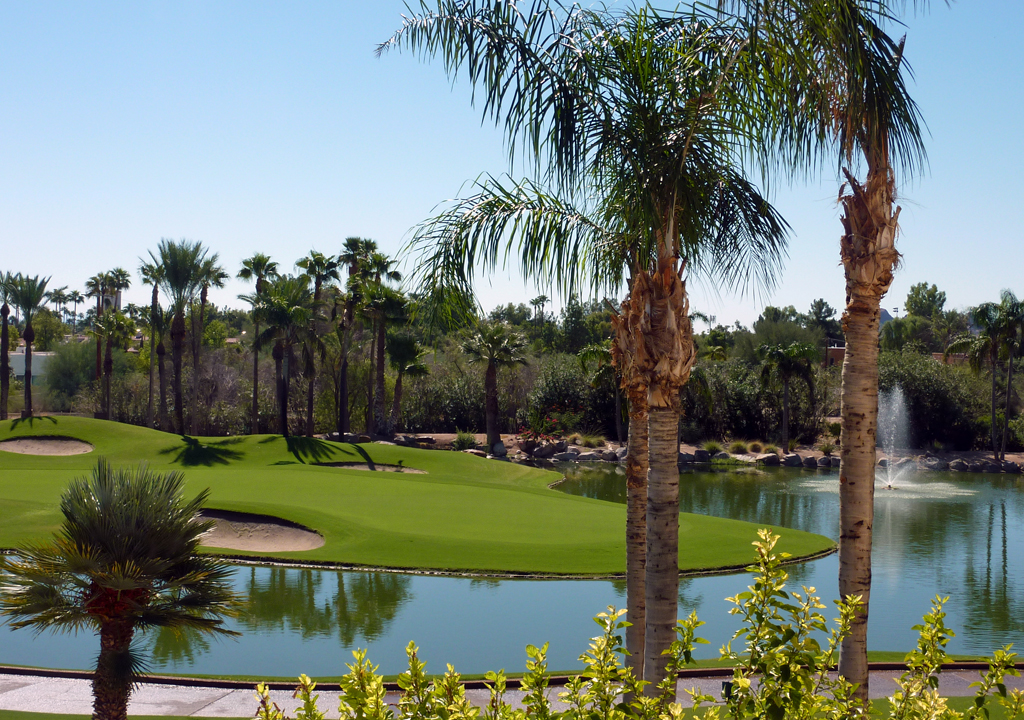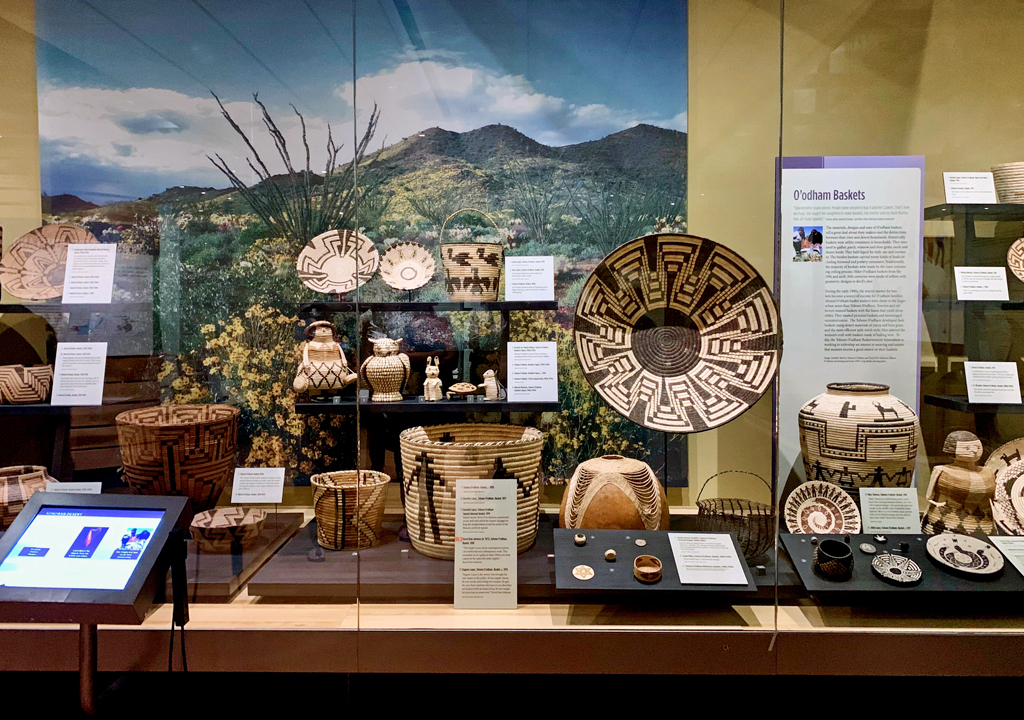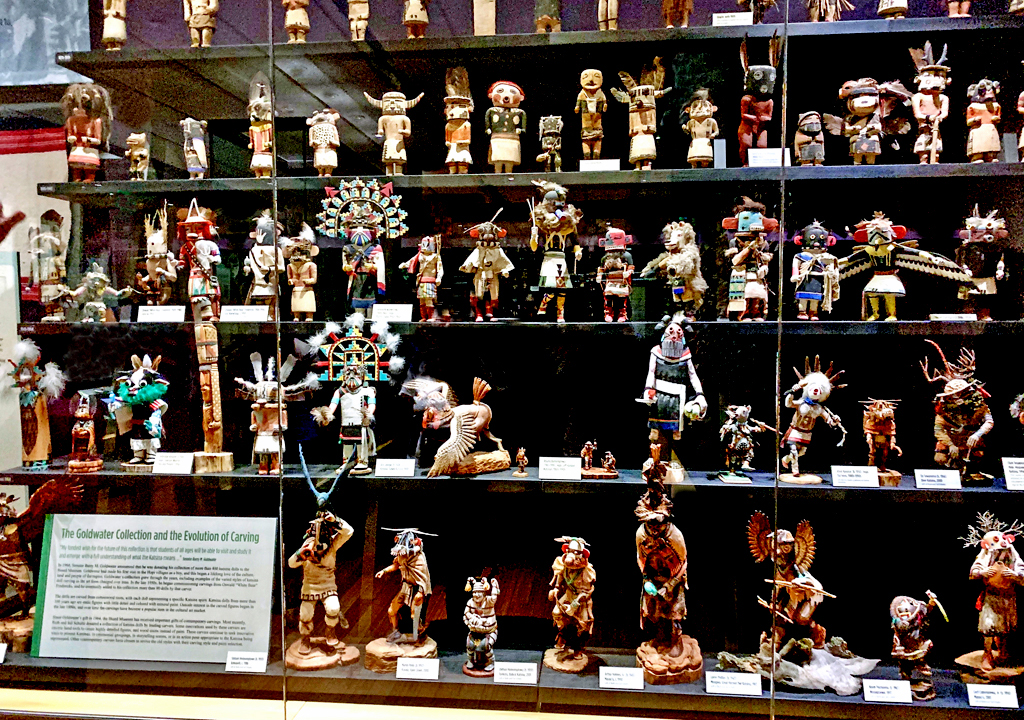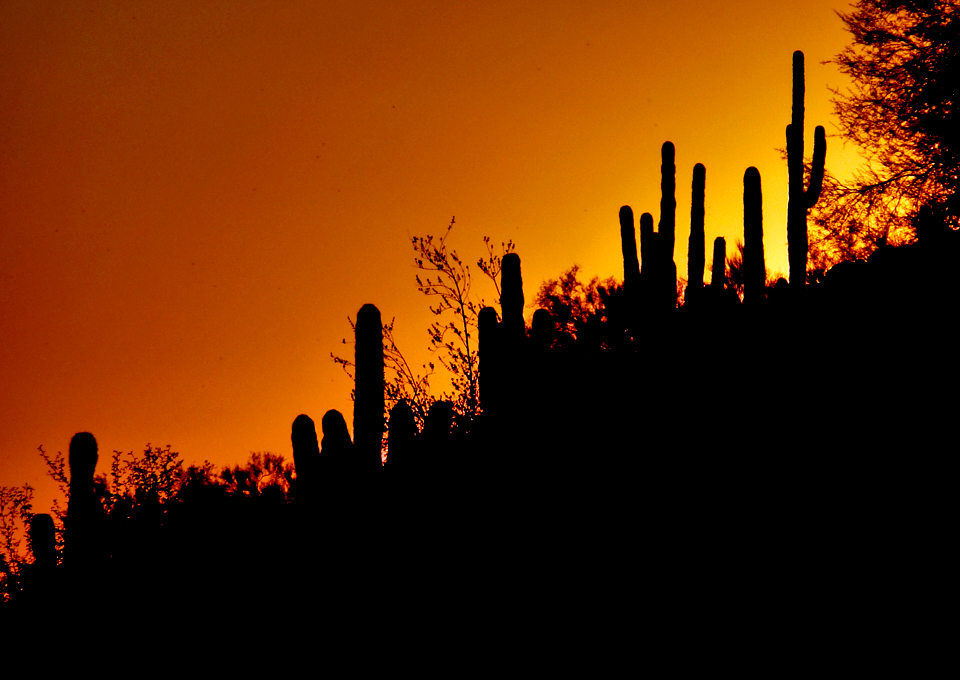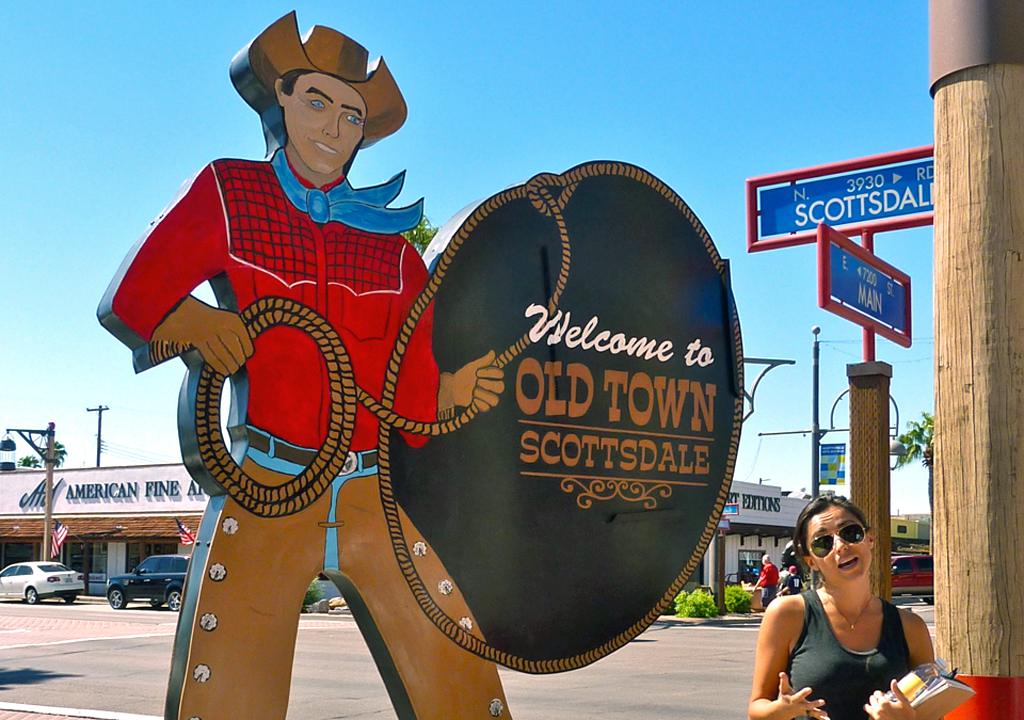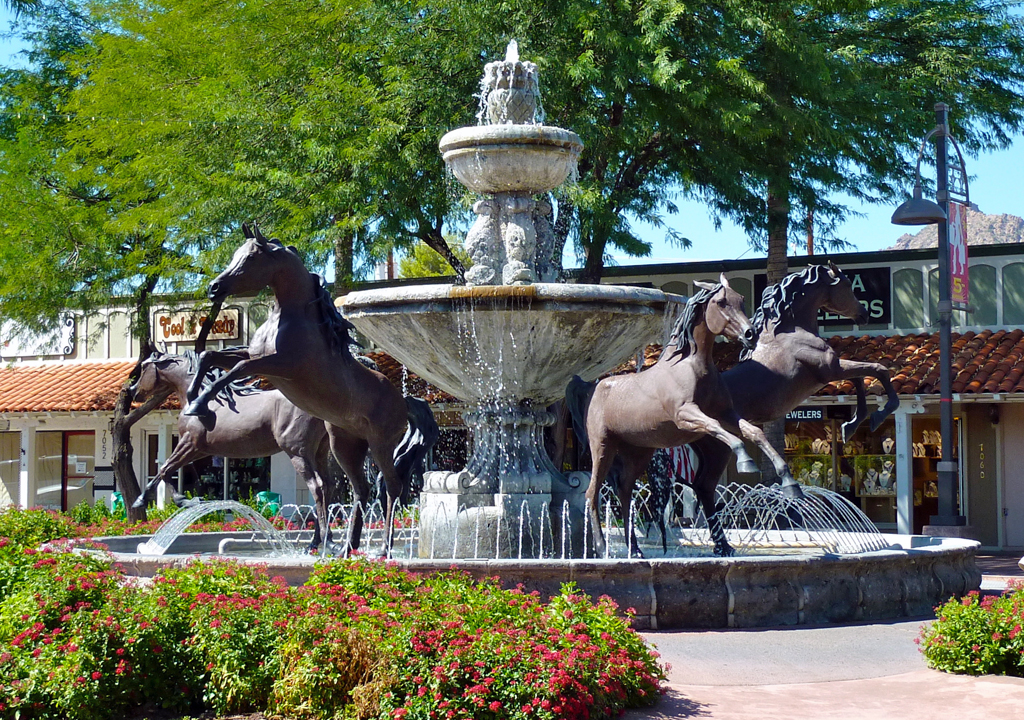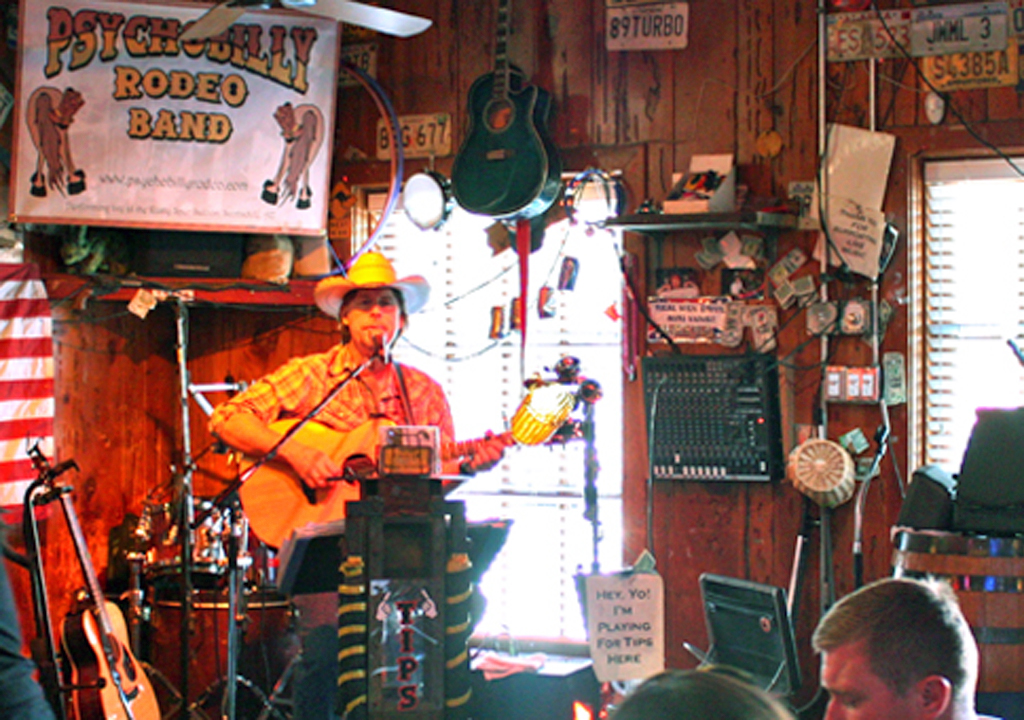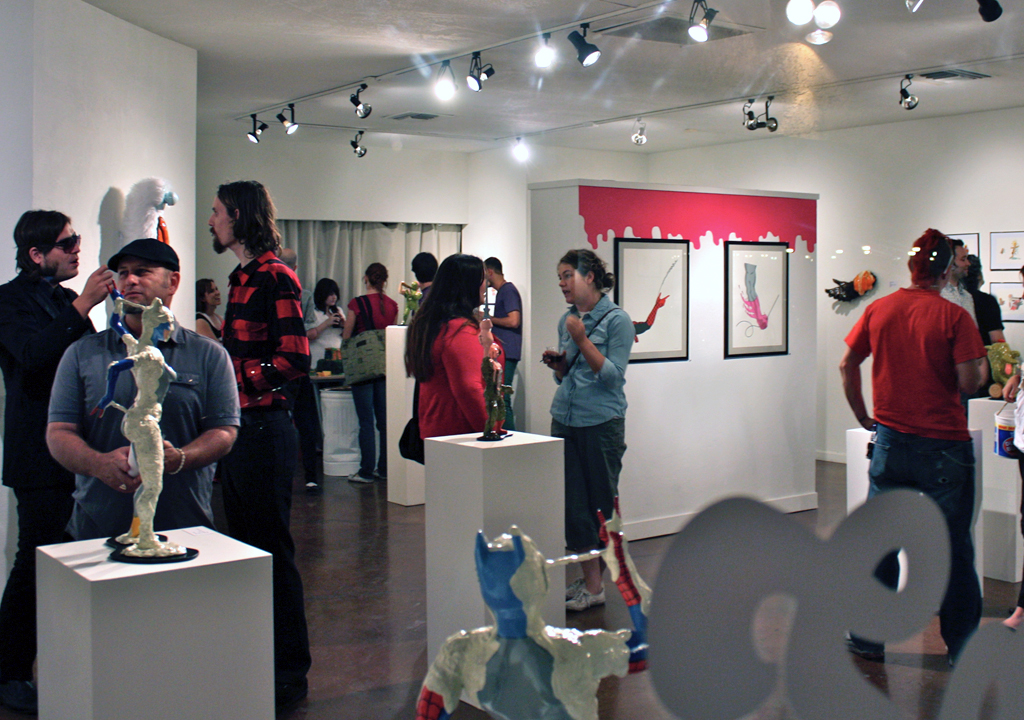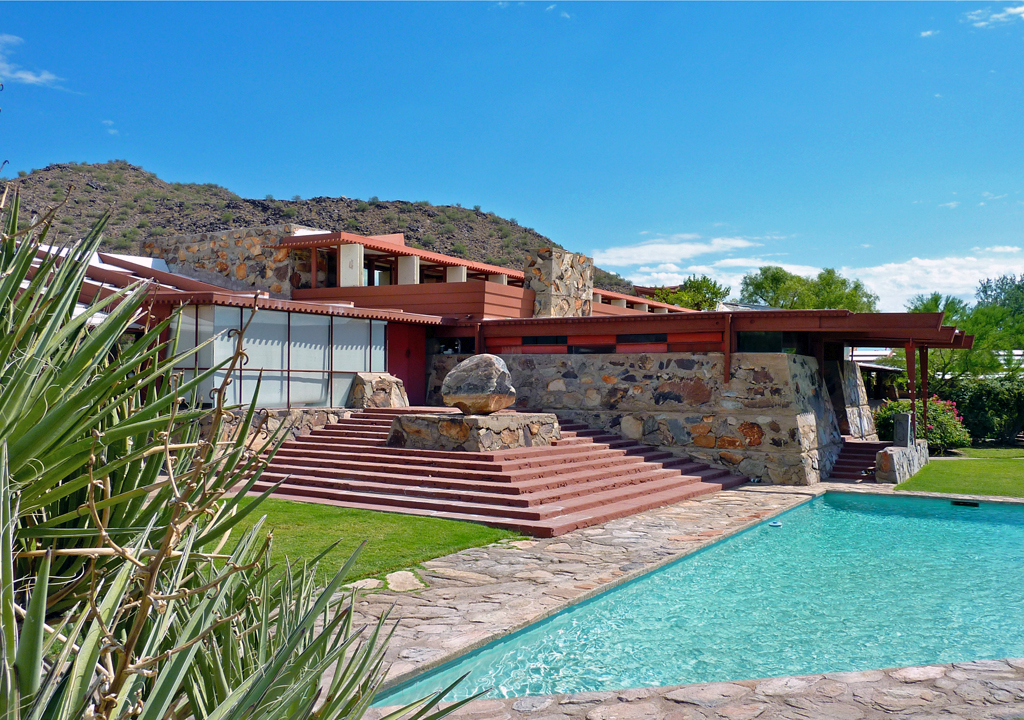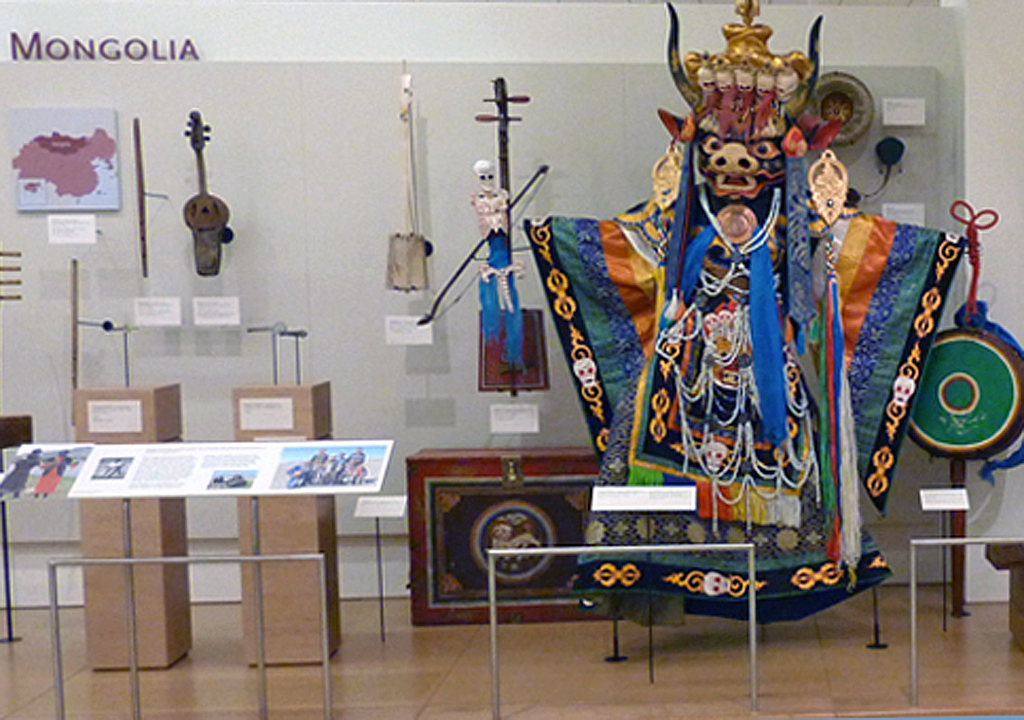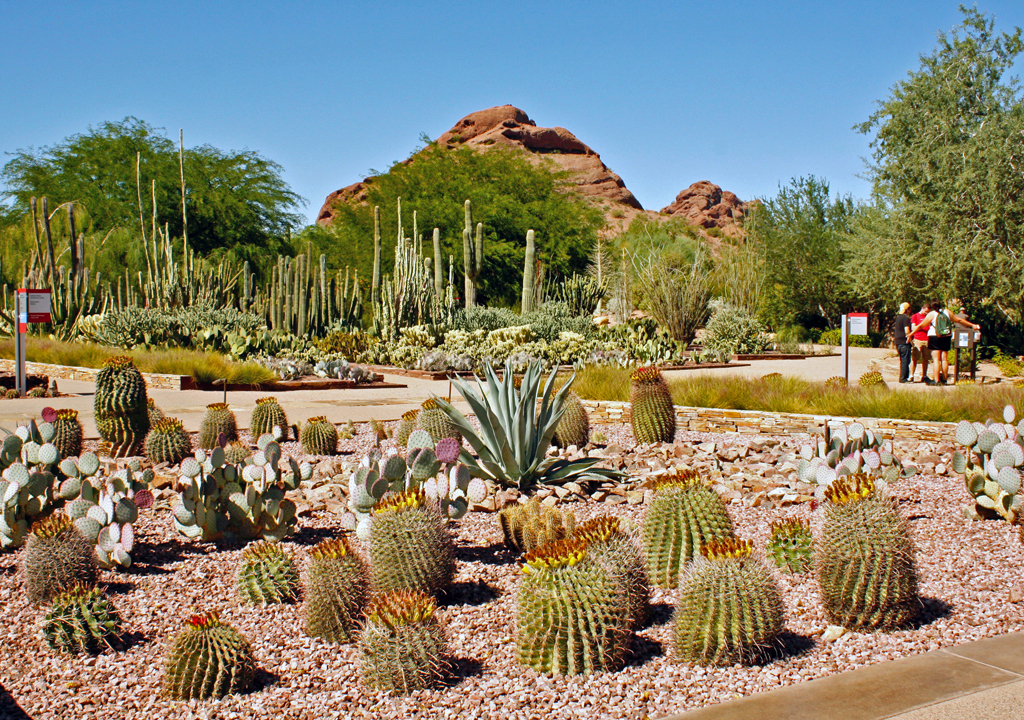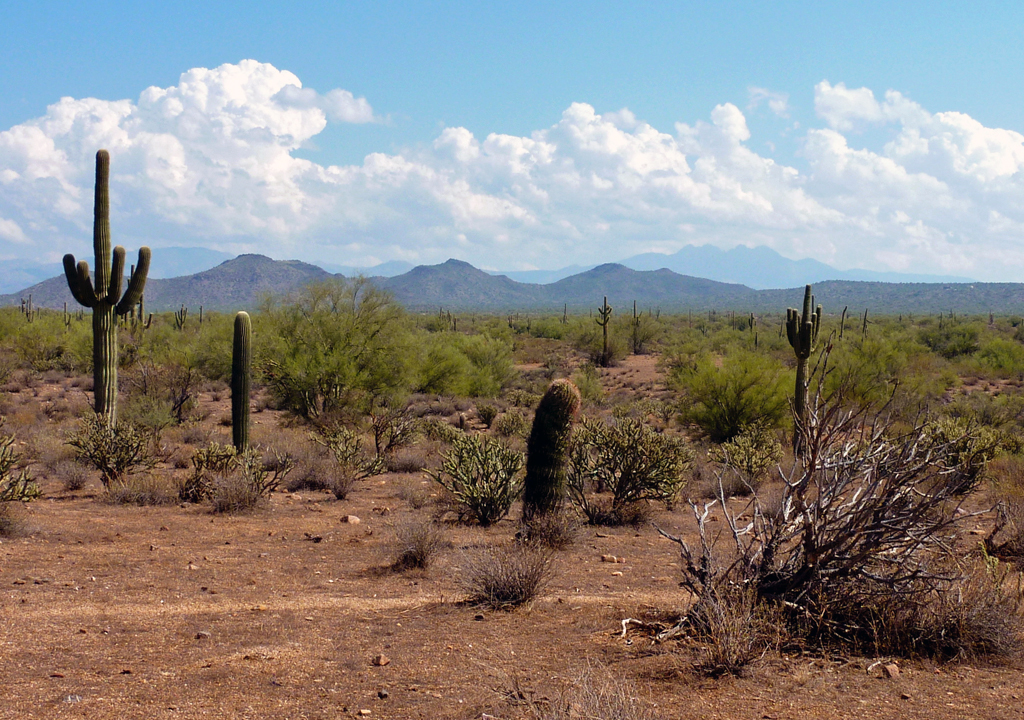Cactus Country: travel in these thorny times
McDowell Preserve, Arizona
We all know this is not the time to travel. COVID-19 has changed all that. But looking forward to better times and making plans for a trip for when this has passed can help reduce anxiety. Take a break from the overwhelming news and learn more about a place you would like to go. It will make for a richer experience later.
We can recommend a film we stumbled upon while in Arizona last fall for a wedding in Phoenix and reception in nearby Scottsdale. On Veterans Day we visited the Heard Museum, where docent-led tours, exhibits and annual events celebrate and preserve the traditions and culture of twenty-two regional American Indian tribes. It turned out to be quite a special day there.
On Veterans Day each year, Navajo Code Talkers of World War II: A Journey of Remembrance, is shown. This documentary tells the unfiltered stories of six Navajo U. S. Marine Corp heroes.
Navajo Code Talkers of World War II: A Journey of Remembrance is available on Amazon Prime. You can also see one hour videos of each code talker online in the C-SPAN archive. https://cs.pn/33jix0u
Memories and a legacy
Dr. George Coburn, Heard Museum, Phoenix, Arizona
While visiting the museum we met Dr. George A. Colburn, the independent producer of this film. He traveled back to the battlefields with six code talkers who were willing and able to take the trip. Each participant was accompanied by a younger family member.
The result was a revelation of suppressed memories and emotions and a legacy for future generations. We gained a deeper appreciation of the Native American experience.
Apache dancer, Heard Museum, Phoenix, Arizona
A Cha’Bii’Tu Apache Crown Dance Group performance in the courtyard preceded an American Indian Veteran Sunset Tribute and more Apache dancing. Michael Smith, son of code talker Samuel “Jesse” Smith, was the keynote speaker. He served in the U. S. Marine Corp’s Navajo Code Talker Commemorative Platoon from 1981 to 1985.
Michael Smith and World War II veteran, Heard Museum_ Arizona
The Code Talkers
For those not familiar with the crucial role the Navajo code talkers played in World War II, these were men fluent in English as a result of attending the Native American boarding schools, also known as Indian Residential Schools.
These schools were established in the late 19th century by Christian missionaries and supported by the government. While some Native American parents were convinced that this education was the best way for their children to escape their poverty and limited opportunities, many children were forcibly separated from their families.
The mission was to “civilize” Native Americans by eradicating their culture, traditions, language and religion through total immersion in Euro-American ways, including conversion to Christianity. Children were forced to accept Euro-American short haircuts, clothing, culture and names and speak only the English language. Use of their native language or traditions was forbidden and resulted in severe punishment.
Ironically, it was their Navajo language that made them some of the former students so valuable during World War II. The Marine Corp recruited young Navajo men fluent in English to develop and memorize a code based on their little-known and unwritten language.
Michael Smith, son of code talker Samuel “Jesse” Smith, Heard Museum, Phoenix, Arizona
Why, you might wonder, would they defend a country that had treated them so badly and ruthlessly removed their ancestors from their homelands in winter and forced them along “The Long Walk” to a four year captivity? Many had seen films about the attack on Pearl Harbor and sinking of the Battleship Arizona and enlisted, convinced they needed to protect their tribal lands from the Japanese threat. Others were drafted.
They developed and memorized a code by linking a familiar Navajo word, often an animal, to each letter of the English alphabet. The Japanese never broke the code.
The code talkers also maintained and operated the radio transmission equipment and often carried it on their backs. They were on the front lines, saw much carnage, saved thousands of American lives. They are credited, among other things, with the taking of Iwo Jima.
Until the code was declassified and revealed in 1968, the code talkers were sworn to secrecy. They had not fully realized the importance of the role they played.
More about Phoenix and Scottsdale for travelers
McDowell Preserve, Arizona
Arizona’s iconic giant saguaros give an immediate sense of the American West and its cowboys, ranchers, miners and Native Americans. Trails in the Sonoran Desert parks and preserves offer views of red rock buttes and ancient petroglyphs.
Phoenix, known as the Valley of the Sun for its 330 days of annual sunshine, is the capital of Arizona, which became our our 48th state in 1912. It has grown to be America’s 5th most populated city.
Phoenix is the gateway to Grand Canyon and is rich in the arts, history and culture.
The Phoenician
Scottsdale is known for its luxurious spa resorts and historic Old Town. There’s hiking on Camelback Mountain, which is named for its resemblance to a kneeling camel. With its spectacular setting and abundance of lush courses — 51 in Scottsdale and over 200 in its surroundings — Scottsdale also lays claim to being the “The World’s Finest Golf Destination.”
Here are some of our favorite places in the Phoenix and Scottsdale area.
The Heard Museum — This museum was founded by Maie Bartlett Heard, daughter of Adolphus Clay Bartlett, president of what is now True Value Hardware, and her husband, rancher and publisher Dwight B. Heard, to house their personal collection of Native American art. The museum has grown to be internationally recognized for its exhibitions, educational programming and festivals.
O’ogham Baskets, Heard Museum, Phoenix, Arizona
The collections include Navajo and Zuni jewelry, Navajo textiles, Southwestern ceramics, Southwest baskets and fine art. Some may be viewed online.
The Goldwater Katsina Doll Collection of 437 dolls was donated by Senator Barry Goldwater in 1964 and is but one of the highlights. These carved, decorated and painted katsina, also known as Kachina dolls, are ceremonial gifts given to young girls as teaching tools. They represent the Hopi Katsinam, the spirits of the universe. Goldwater also donated nearly 1000 color sides of Navajo and Hopi tribal land.
Goldwater Katsina doll collection, Heard Museum, Phoenix, Arizona
Museum admission is free the first Friday of the month from 6 to 10 p.m. except in March.
Phoenix Art Museum — With collections from Asia, America, Europe, and Western America as well as modern and contemporary art and photography, this 285,000 square foot museum in downtown Phoenix is the best and largest art museum the Southwest. Check the schedule for its festivals, live performances, independent art films, and educational programs throughout year. General admission is free 6 pm to 10 pm the first Friday of every month.
Roosevelt Row Artists’ District — This lively and walkable creative area is a popular downtown Phoenix spot. It is known for its galleries, murals, public art and live music as well as small, locally-owned boutiques and and award-winning eateries.
Phoenix Zoo — With over 3,000 animals and nearly 400 species in its 125 acre setting, the Phoenix Zoo is one of the largest non-profit zoos in the country. Explore the trails— Africa, Arizona, Tropics, and a Children’s Trail that lets kids get close to small animals. Don’t miss the Giraffe Encounter, Stingray Bay, 4D Theater, or narrated train ride. It is in Papago Park, known for its hiking trails and red rock buttes.
South Mountain Park and Preserve — There’s plenty of outdoor adventure, wildlife and petroglyphs along the over 50 miles of Sonoran Desert trails at South Mountain Park and Preserve. At 16,000 acres, it is one of the world’s largest urban parks. Drive to the top of South Mountain for a bird’s eye view of the city.
sunset at Camelback Mountain, Scottsdale, Arizona
Scottsdale
Scottsdale, Arizona Bronze Horse Fountain, Scottsdale, Arizona
Old Town Scottsdale — Bronze monuments and a cowboy cutout, original signage and storefronts, and old saloons like the Rusty Spur give Scottsdale’s Historic Old Town a decidedly Old West flavor. The Scottsdale Historical Museum is in the original red brick schoolhouse. A calendar of events that includes a Wine Trail, Thursday ArtWalk and Sunday’s free musical entertainment draw locals and visitors alike.
Rusty Spur Saloon, Scottsdale ArtWalk, Scottsdale, Arizona
Shop for turquoise jewelry, Southwestern art, antiques and other gifts and souvenirs of the Arts District. Browse Fifth Avenue. Sip a prickly pear margarita at a trendy restaurants or relax with a banana split at the bubble gum pink Sugar Bowl Ice Cream Parlor & Restaurant, featured in Bil Keane’s Family Circus comic strips. After dark, check out the Entertainment District. You need only park once. The free Scottsdale Trolley connects it all.
Taliesen West was the former winter home one of America’s best known architects, Frank Lloyd Wright. It was Wright’s a showcase of organic architecture and his desert laboratory for learning by doing. Structures were built of indigenous materials by his 23 apprentices.
Taliesen West, Scottsdale, Arizona
This UNESCO World Heritage site and National Historic Landmark is also the home of the Frank Lloyd Wright Foundation, which preserves his legacy, and the School of Architecture.
Musical Instrument Museum — Founded in 2010, the world’s only global musical instrument museum has high-tech headsets that sync with multi-media exhibitions of global musical traditions.
Musical Instrument Museum, Scottsdale, Arizona
Over 15,000 instruments and artifacts from about 200 countries and five geographic regions are featured and video components show how instruments are used in cultural context.
Children and adults enjoy the hands-on Experience Gallery with gongs, gamelans and more.
Desert Botanical Garden, Phoenix, Arizona
Desert Botanical Garden — You can enjoy the sights and scents of one of world’s finest collections of plants from the hottest and driest regions of the world along the scenic trails of the 65 acre Desert Botanical Park. In blooming season you’ll see desert wildflowers and flowering cactus.
The Southwest is emphasized, including the Sonoran Desert, which has the greatest variety of cacti. Did you know that the giant saguaro can grow 40-60 feet high, live 150 to 200 years and weigh several tons? Admission is free on the second Tuesday of the month.
McDowell Preserve, Arizona
McDowell Sonoran Preserve — This over 225 mile preserve offers hiking, mountain biking and horseback riding trails. Trails range from challenging to the ADA accessible Bajada Nature Trail.
Dream now. Travel later.
These are times to dream of the better days ahead. When we think of places we like to visit when New England temperatures drop, the Valley of the Sun always come to mind.
Ready to start planning? VisitPhoenix is a good place to start.

